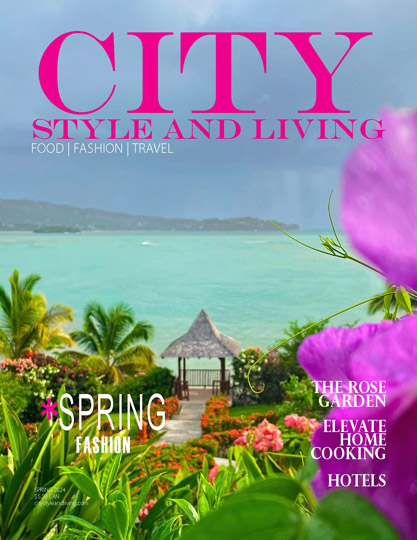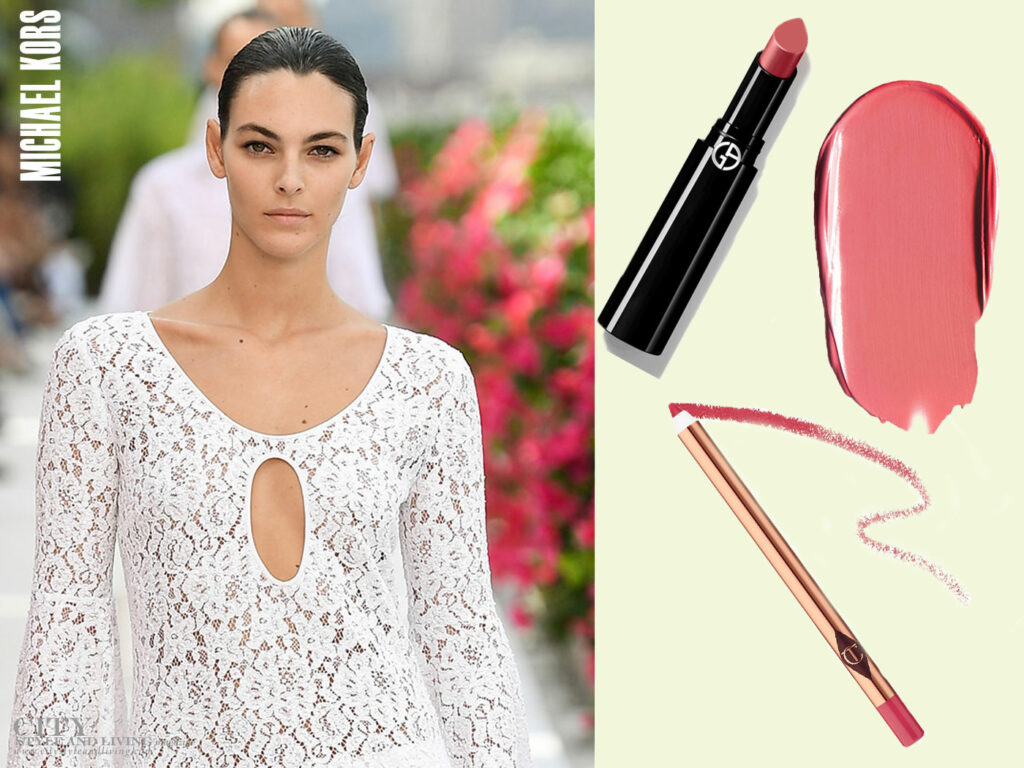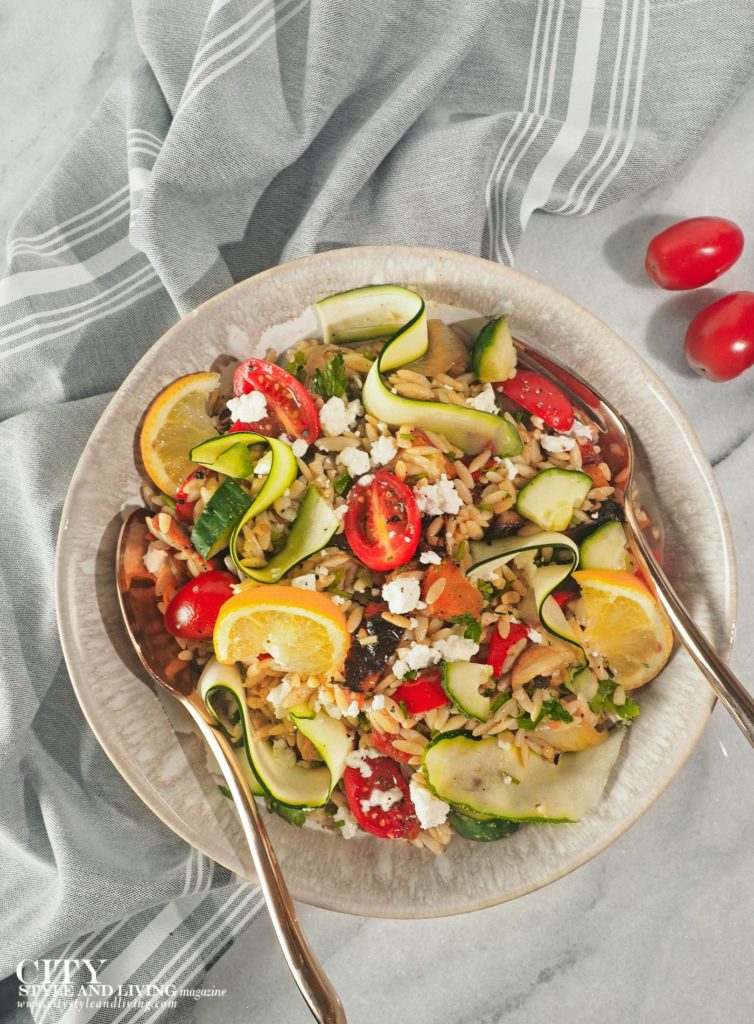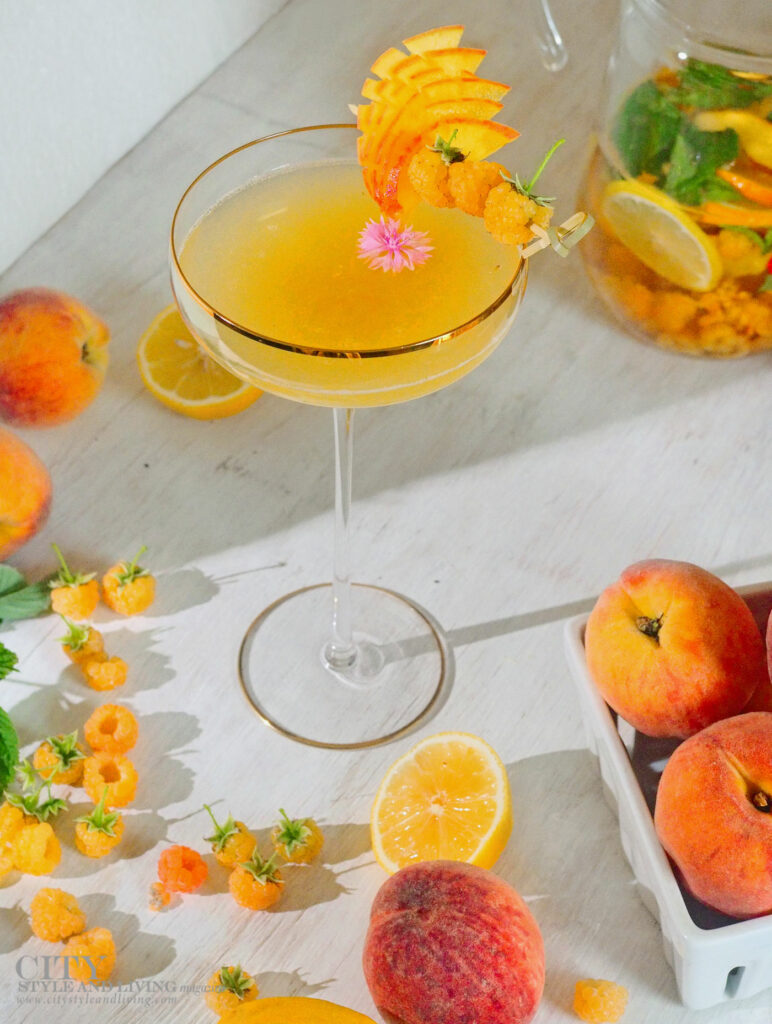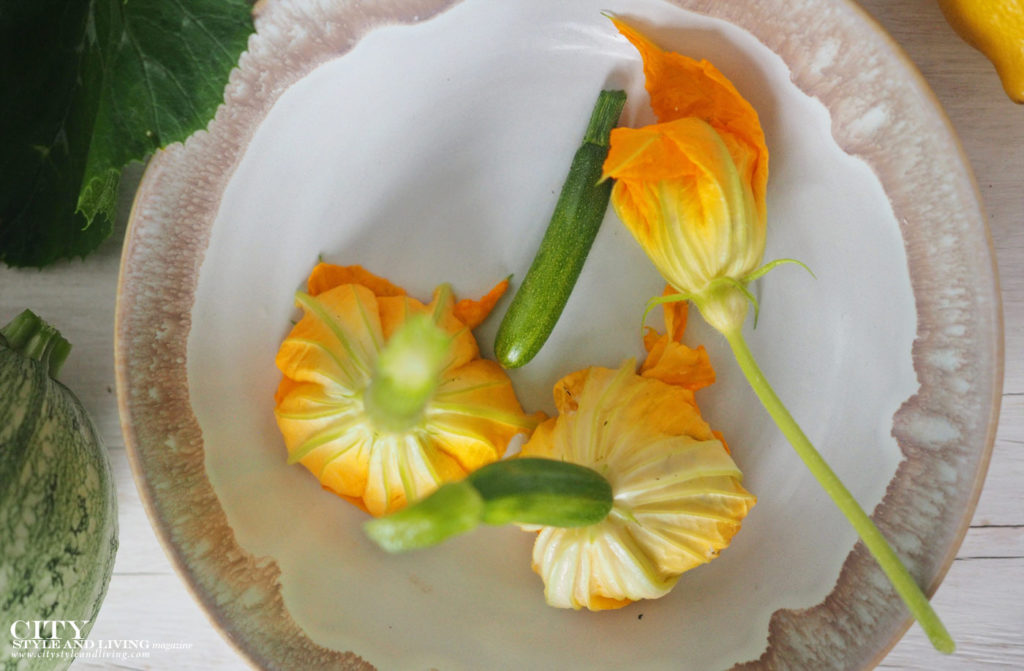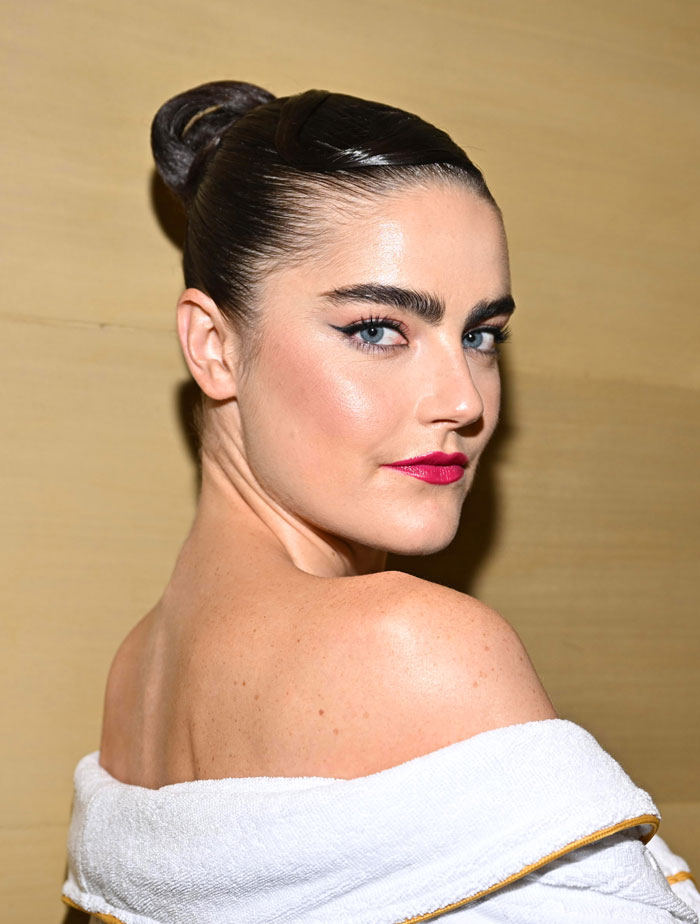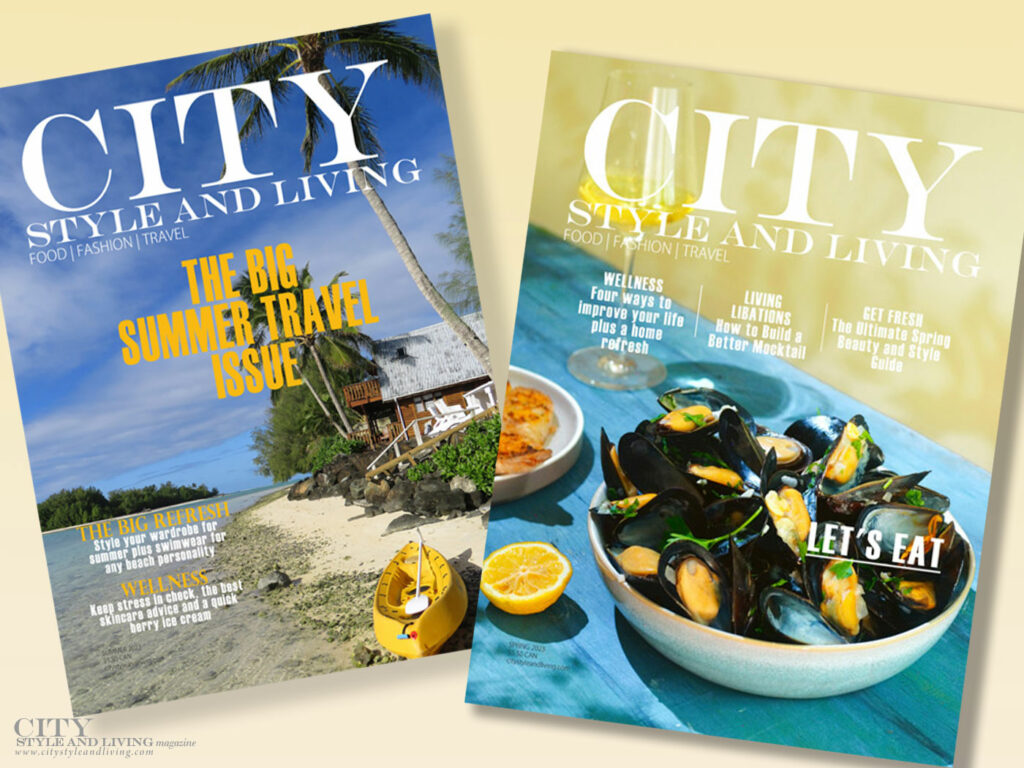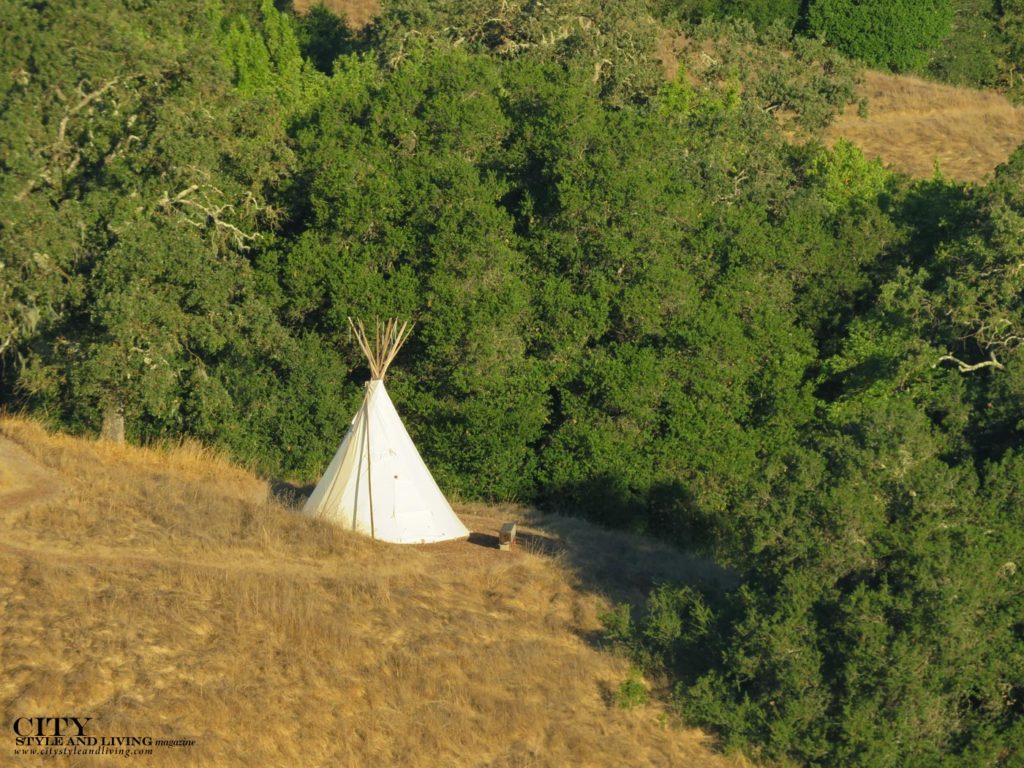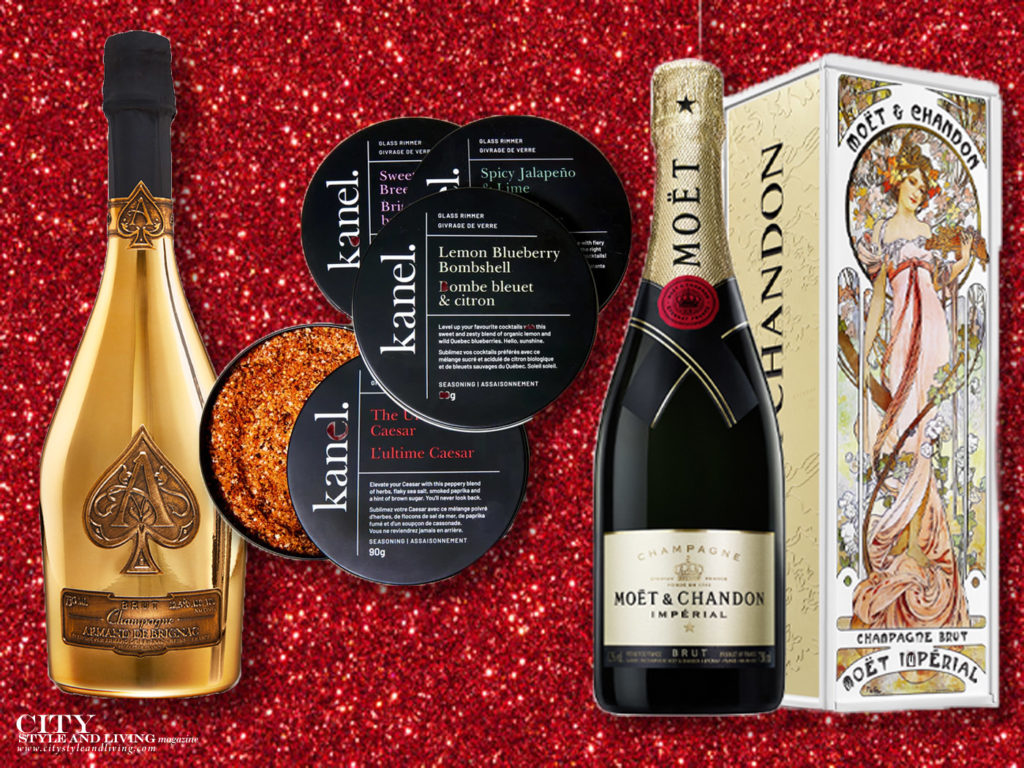
Studies show that consuming seafood is a great way to maintain overall health. The lean protein is a great source of vitamin D, omega 3 fatty acids, and can even help improve sleep quality. Here are CSL’s four favourites, plus tips on what to look for when choosing fish ready for the pot or the pan.
Salmon
High in omega 3 nutrients, this popular protein-packed choice is high in antioxidants, B vitamins, selenium, potassium and may reduce the risk of heart disease. Look for wild-caught, sustainably-sourced when possible.
Baked
Scared of burning the flesh? Baking fish is a more forgiving way of cooking. Add a pinch of salt and pepper with a teaspoon of fresh orange zest and bake a 3 or 4 ounce portion for approximately 12 to 15 minutes for best results.

Halibut
Pacific halibut is a flat fish that can grow to three metres in length and over 250 kilograms in weight. It has four fillets unlike a round fish like trout that only yields two. The white meat and mild-taste, plus lean yet firm flesh, is prized among chefs.
En Papillote
This classic French technique gently steams fish in its own juices and is a healthy way of cooking, without the need to add additional fat. Simply place fish, aromatics and a little wine in parchment paper and bake.
Why is it so expensive?
Decreased stocks due to overfishing, illegal fishing, and ocean acidification have led to smaller quotas and in turn a smaller supply of fish. Halibut now rivals (and often surpasses) the price of Angus beef tenderloin.
Cod
The flaky, mild, sweet meat of this fish have made it a favourite around the world in dishes like Portuguese Bacalhau (salt cod), British fish and chips and Spanish cod stewed in tomato sauce.
Pan Sear
Kissing the fish to a hot skillet creates a golden crust that sets the protein and adds another texture dimension.

Black Cod
Otherwise known as sablefish, this deep sea Pacific dweller delivers a buttery, mild flavor (thanks to its high fat content), similar to Chilean sea bass.
Bouillabaisse
This French fisherman’s soup is traditionally packed with ‘cheaper’, accessible fish species, but has become more refined with its surge in popularity, adding premium fish, mussels and scallops. Add the fish into the broth at the end of cooking, to gently poach.
CSL loves Simply West Coast Wild Black Cod fillets. Serve with grilled bread, generously spread with garlic butter or rouille.

How to Choose Fish
Fish Toxicity Rule of Thumb
The bigger the fish, the deeper the water and more predatory the fish is likely to be. This increases the risk of mercury and other carcinogens found in the fish.
Examples include marlin, swordfish, grouper, yellow fin, ahi and albacore tuna. Labels matter Look for the Ocean Wise stamp and the Marine Stewardship Council’s blue check mark labels for more sustainable seafood choices.
Purchase Power
Purchase seafood that is lower on the food chain like clams, oysters, squid, pollock, catfish and salmon to eat more regularly to reduce the amount of catch of long-living deep sea fish.
Questions, Questions
Educate yourself on the types of fish that you enjoy and that are low on the toxicity scale. At restaurants, ensure seafood is sustainably-sourced, and ask about the methods used for harvesting or catching.
This original article first appeared in the Spring 2020 issue of City Style and Living Magazine.
#CityStyleandLiving: Instagram, Twitter, Facebook, Pinterest
